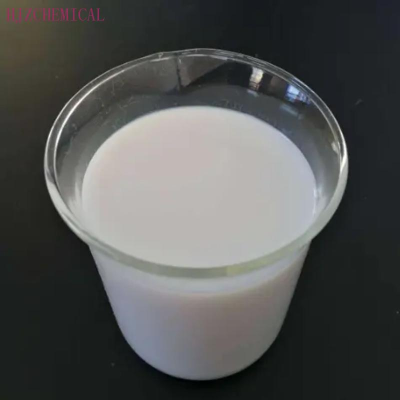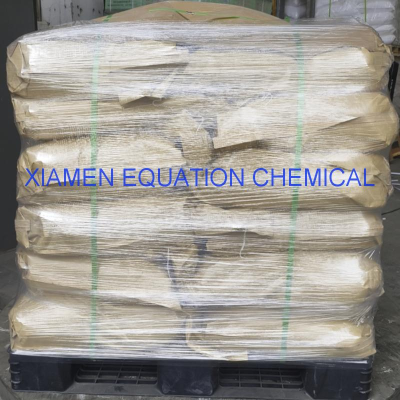-
Categories
-
Pharmaceutical Intermediates
-
Active Pharmaceutical Ingredients
-
Food Additives
- Industrial Coatings
- Agrochemicals
- Dyes and Pigments
- Surfactant
- Flavors and Fragrances
- Chemical Reagents
- Catalyst and Auxiliary
- Natural Products
- Inorganic Chemistry
-
Organic Chemistry
-
Biochemical Engineering
- Analytical Chemistry
-
Cosmetic Ingredient
- Water Treatment Chemical
-
Pharmaceutical Intermediates
Promotion
ECHEMI Mall
Wholesale
Weekly Price
Exhibition
News
-
Trade Service
In lieu of human handling of objects, we usually think of robotic arms, whose grippers can easily pick up the object we want to move and put it where it should be quickly and accurately
.
Recently, a team led by Professor Song Jizhou from the School of Aeronautics and Astronautics of Zhejiang University proposed a new concept of gripper, which they called "universal gripper", which can "lock" the target object in the body and easily grasp and place 1 micron to 1 micron.
Meter-sized objects of various shapes
.
Shape memory polymer is a new type of functional polymer material, which belongs to a new branch of polymer material research, development and application, and can combine the characteristics of plastic and rubber
.
The magic of this material is that the properties of the polymer can be controlled by external stimuli such as light and heat, which can change between soft and hard
.
This research is based on this phenomenon.
The researchers embedded the object or the surface structure of the object in the soft state of the shape memory polymer, and then transformed the polymer into a rigid state by changing the stimulus conditions, maintaining the embedded state.
Temporary shape, so as to grasp the object, and after the transfer work is completed, by applying an external stimulus again, the polymer is restored to its original state, and the grasped object is released, thus completing a transfer
.
Professor Song Jizhou said that this "universal lock" can generate a great grip on typical three-dimensional structural objects, including spheres, squares, tubular objects, bolts, nuts, jujube cores, key chains, etc.
Not only that, it also Can adhere to the surface of objects, like geckos, whether the surface of the object is smooth or rough
.
This new handling method has also aroused the interest of scientists to explore its application field.
They reduced the size of the object to a microscopic scale to observe the handling effect of the gripper.
Under this condition, the surface force on the object, especially with the The gripper has strong adhesion, which brings greater challenges to the release of objects
.
Scientists have responded by coating the polymer surface with a special material or increasing the roughness of the contact surface to weaken the adhesion of the polymer surface and only lock the object or the surface structure of the object inside it
.
Professor Song Jizhou said that in the preparation of flexible electronics, the rapid assembly process of micro-components is very important, that is, tens of thousands or even more micro-nano components on the prepared substrate are transferred to the flexible substrate for use
.
At present, the commonly used method is to achieve one-time grasping of these components through adhesion, but the adhesion also becomes a limiting factor when releasing
.
In the "universal gripper" scenario, the transfer of microscopic components can get rid of the adhesion effect.
This research also provides a new idea for the preparation of flexible electronics, which is of great help to promote the industrialization of flexible electronics.
.







